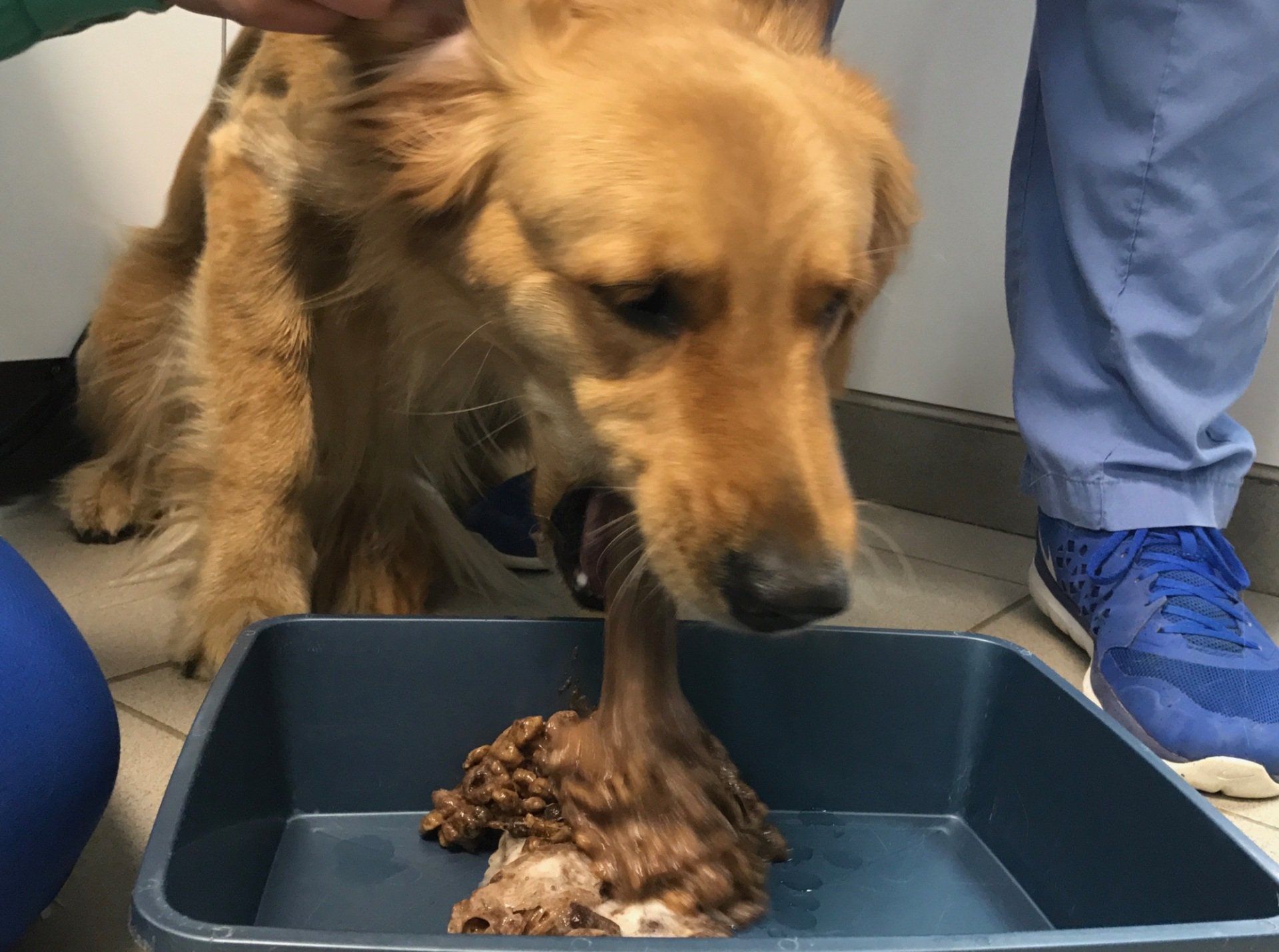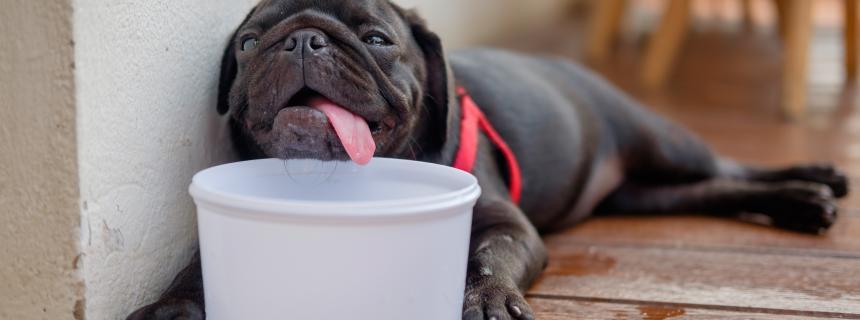Veterinary Topics
Veterinary Topics
Recent Topics

01 Jul, 2022
What Is Pancreatitis in Dogs? The pancreas is an internal organ in the abdominal cavity that is located adjacent to the stomach. This important organ is responsible for production and release of enzymes that helps break down food products. Pancreatitis refers to an inflammatory reaction within the pancreas and can happen both suddenly (Acute Pancreatitis) or over a period of time (Chronic Pancreatitis). This potentially debilitating condition occurs when the digestive enzymes are activated too early upon release resulting in inflammation and damage to the pancreas as well as surrounding organs. This condition can happen is cats too! However, it is less common and symptoms may be less obvious than in dogs.

25 Jun, 2022
What is a blocked cat? The term ‘Blocked cat’ describes a physical obstruction of the cat’s urethra resulting in the inability for successfully urination. This painful condition falls under a wider group of feline abnormalities known as Feline Lower Urinary Tract Disease, and usually come in the form of mucoid plugs or urinary crystals. Interestingly, this condition is more common in male cats due to their long and narrow urethra! Furthermore, studies have also shown that urethral blockage occur more often in cats that live indoors and in multi-cat households, suggesting that stress might be a key contributor. If left untreated, blocked cats are a medical emergency. When urine is unable to be excreted, significant tension is placed on the bladder as it continues to strain and stretch in its attempt to contain an increasing amount of urine. When this happens, the bladder wall may rupture internally resulting in leakage of urine in the abdominal cavity. This can most certainly be fatal. Other complications that can happen include severe electrolyte imbalances and life-threatening cardiovascular problems.

18 Jun, 2022
Pyometra What is Pyometra? Pyometra is a term used to describe an infection of the uterus in an animal. This serious condition affects unsterilised female dogs & cats and can be life threatening! Interestingly, pyometra is actually hormone driven hence creating an optimal condition in the uterus for bacterial infection. After a heat cycle, the hormone progesterone is produced from the ovaries in high amounts to thicken the lining of the uterus in preparation for possible pregnancy. During this time, the immune defence system in the uterus is weakened and is susceptible to bacterial infection. In most animals, the body releases a counter hormone to prevent prolonged period of uterine susceptibility. However, in some animals, this period is sustained and an overwhelming bacterial invasion ensues. Over a short period of time, the infection continues to build up and the uterus will begin filling with pus.

11 Jun, 2022
Heartworm is a deadly disease caused by a parasitic worm known as Dirofilaria immitis. Interestingly, this infectious disease is not transmitted through close contact like many others, but through mosquitoes! New infections begin when mosquitoes ingests heartworm larvae known as microfilaria from the bloodstream of an infected animal. These larvae then develop into its infective stage in the mosquito prior to entrance into another animal during a blood meal. These worms then grow into their adult stages and can potentially cause severe debilitating disease such as severe inflammation, cardiac issues and respiratory problems. Once at their mature form, heartworms can live for up to 2 - 3 years in cats and 5 – 7 years in dogs!

17 Apr, 2022
Anal sacs are a set of glands that are just under the skin near your pet’s anus. The two oval shape sacs are located at the 4 and 8 o’clock positions just on either side of the anus. The anal sacs fill with a foul-smelling fluid that is normally expressed through a tiny duct when animals pass stools. Animals may use their anal glands to mark territory or repel aggressors, although a nervous dog or cat may accidentally express these glands when frightened.

17 Apr, 2021
It is not surprising that dogs and even some cats will eat just about anything they can get their paws on. Though we may be pleasantly surprised that some of our pets function better than the new robo-vacuum cleaners, things can get pretty nasty when the seemingly harmless item they put in their mouths is in fact highly toxic to them. Here are some common foods and household items you should keep out of your beloved furry friend’s reach:

31 Jan, 2021
In sunny Singapore, it is not uncommon to feel the effects of the blazing sun and insatiable humidity that greets us on a regular basis. As such, both us and our beloved pets may fall victim to the relentless climate and develop heat injuries. It is therefore, crucial to ensure that owners are well-equipped with knowledge to recognise early signs, act promptly and undertake measures to prevent this potentially life-threatening occurrence. Animals are at a higher risk of sustaining heat related injuries due to their thick coats and the inability to regulate their body temperature by sweating, like humans do. Instead, they adopt other mechanisms such as panting to cool their bodies down. Unfortunately, this isn’t always an effective way to avoid overheating and external factors can result in rapid elevation of an animal’s body temperature. When this happens, they may begin to show signs that may point towards an impending heatstroke. These signs include:
Let us take care of your pets
Schedule an appointment now and we will be happy to give your pet the care that they truly deserve.
Let us take care of your pets
Schedule an appointment now and we will be happy to give your pet the care that they truly deserve.
AVH Animal Ark is a state-of-the-art animal clinic with staff that are experienced in a diverse range of companion animal conditions and treatments.
AVH Animal Ark is a wholly-owned subsidiary of
Asia Vets Holdings Ltd.
which has been listed on SGX-Catalist since July 2010.
Opening Hours
- Mon - Sun
- - -
Opening Hours
- Mon - Sun
- - -
© 2024
AVH Animal Ark Veterinary Group. All Rights Reserved. Website Designed by Heroes of Digital. Privacy Policy

